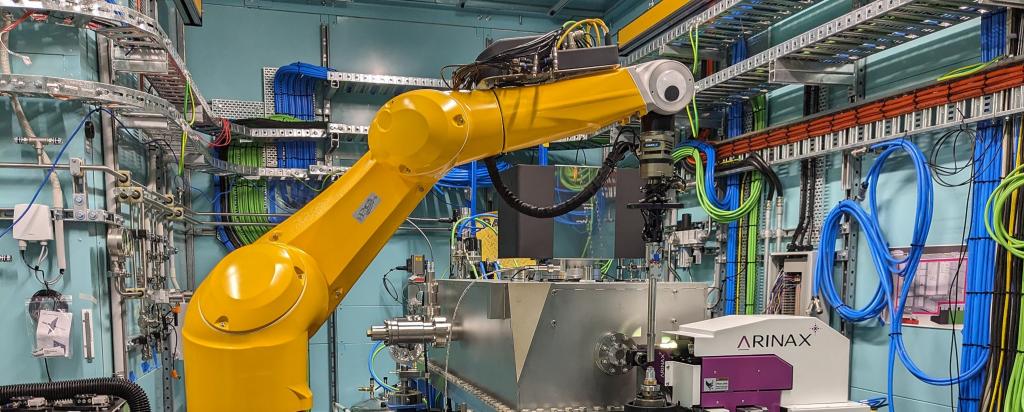
How to Access MX3
The MX3 beamline will commence operations in 2024. Many of the processes for accessing the beamline will be similar to accessing MX1 and MX2, but there are a few important differences. This page contains information about pucks and pins, the Tray Screening Program, and expert user access.
Pucks
MX3 uses a different style of sample robot from MX1 and MX2. This means that you need a different style of puck in order to send samples to MX3.
MX3 requires 'Unipucks'. These are pucks that have a lid that clips onto the 'base', so when samples are transferred into the robot vessel, the pins stay stuck to the lids for easy access by the robot gripper. The differences between Unipucks and the old style can be found in the PDF below.
.
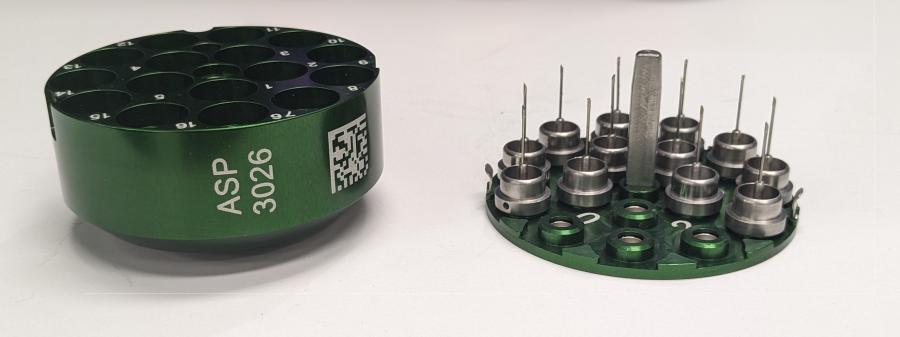
Unipucks can be purchased from a number of vendors, including MiTeGen and Crystal Positioning Systems. Your existing MX1/MX2-compatible pucks can also be modified to turn them into Unipucks. To learn more about this option, please get in touch with the MX3 team.

MX3 can hold 464 sample pins at once
High throughput means faster advances for our researchers
Pins
MX3 will have stricter requirements for sample pins. Any style of pin can be used, but each puck must contain only one type of pin. For example, you could send one puck filled with SPINE style pins, and one puck filled with ALS style pins, but you can't send one puck containing a mix of SPINE and ALS style pins.
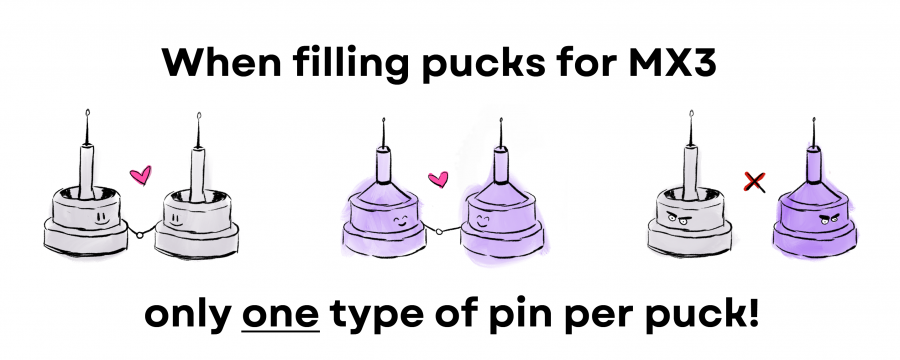
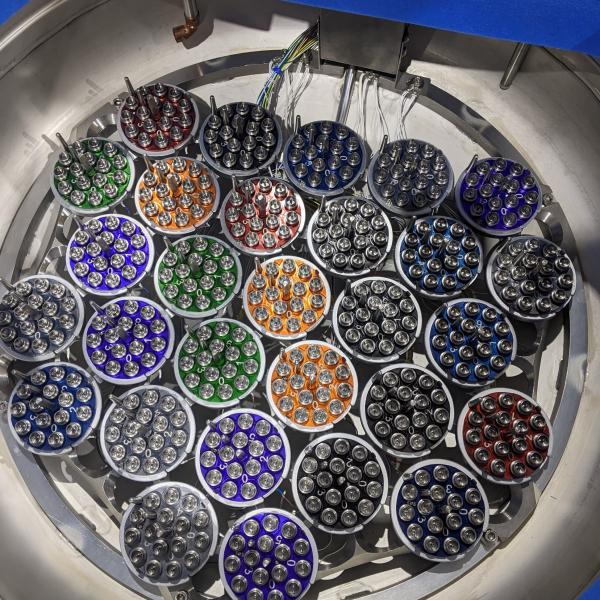
Tray Screening
A new feature on MX3 will be the ability to mount crystallisation trays in front of the beam for screening and collection.
A special mode of access for screening crystallisation trays will start in 2024. This tool will give you feedback about whether your crystals diffract or not, but won't produce solvable diffraction data. By checking if early crystallisation hits diffract, researchers can avoid investing time and money into optimising crystals that don't end up producing useful data.
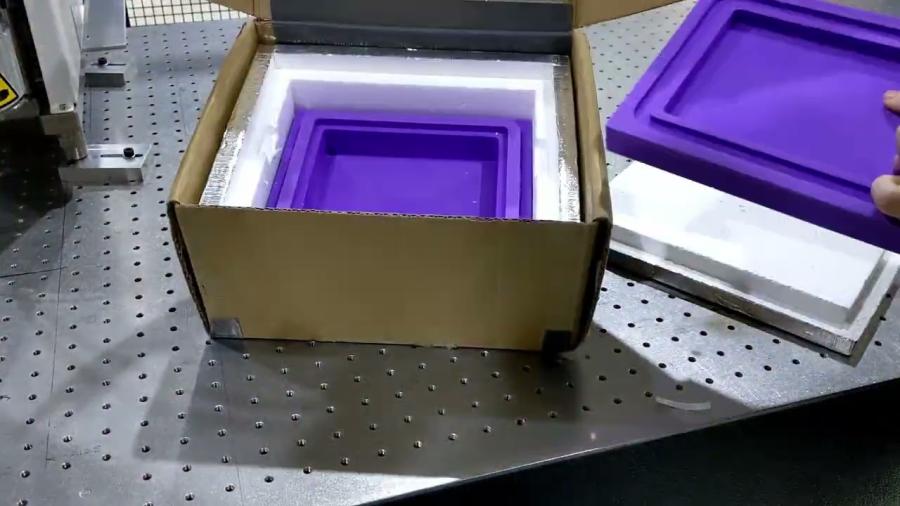
40%
The percentage of samples screened on MX2 since 2018 that showed diffraction of higher resolution than 10 Å. This means 60% of screened samples produced no useful diffraction. Early screening of crystallisation hits will increase the likelihood of getting useful data from your beamtime.
Expert Users
Don't let the term put you off if you don't feel like an 'expert' yet! Our goal is to train all MX3 users to become proficient with the new hardware and software. To help us prepare the beamline for regular user operations, we will need researchers who are willing to contribute their time and samples to MX3's development.
While there is no guarantee that 'Expert User Beamtime' will yield data ready for publication or further research, this presents a unique opportunity for participants to conduct experiments on MX3. Our team is committed to providing comprehensive training on our state-of-the-art equipment, ensuring that all users gain valuable hands-on experience. During this phase, we anticipate collaborating closely with our users to optimise the equipment's performance and address any technical challenges that may arise.
Please note, as we are in the early stages of fine-tuning the hardware and software, the process of obtaining usable data may be affected by ongoing adjustments and troubleshooting. However, this phase is crucial for enhancing the MX3's capabilities and ensuring its reliability for future research endeavors.
We invite researchers who are eager to explore the possibilities of MX3 and contribute to its development to join us. Your participation will be instrumental in advancing our understanding and utilisation of this cutting-edge technology.
Expert User Contact

Eleanor Campbell
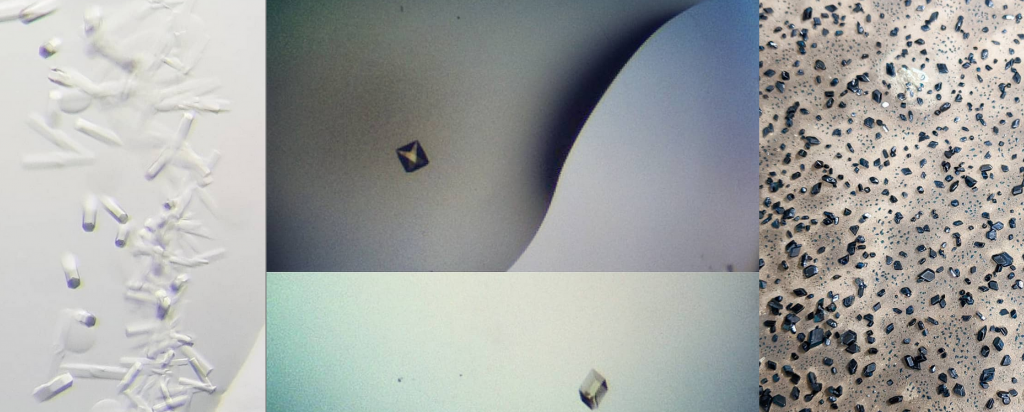
For more information about MX3
Please get in touch with the MX3 team. We are always happy to hear from researchers, and we are excited to have you on the beamline in 2024!
AS-MX3@ansto.gov.au